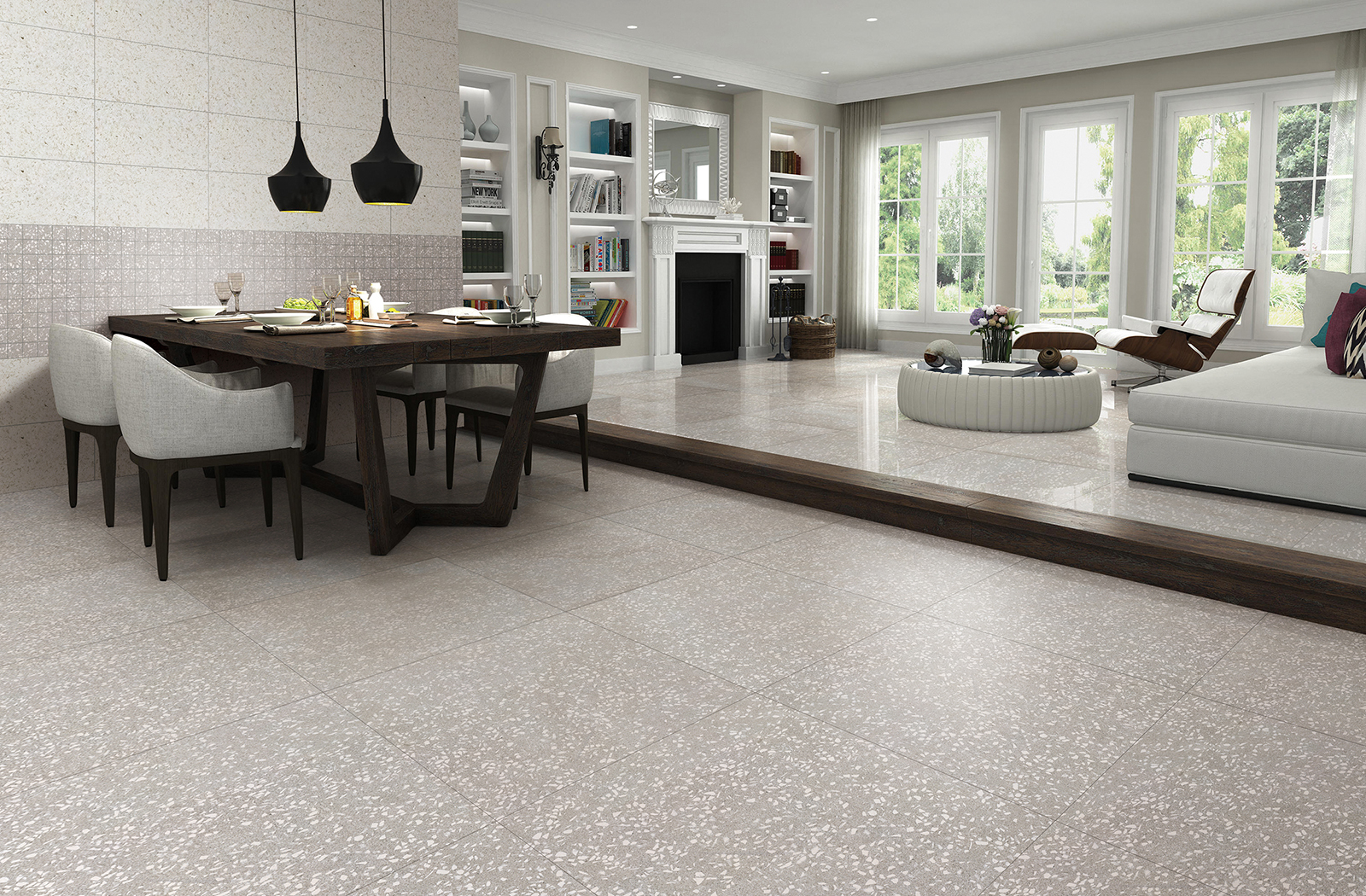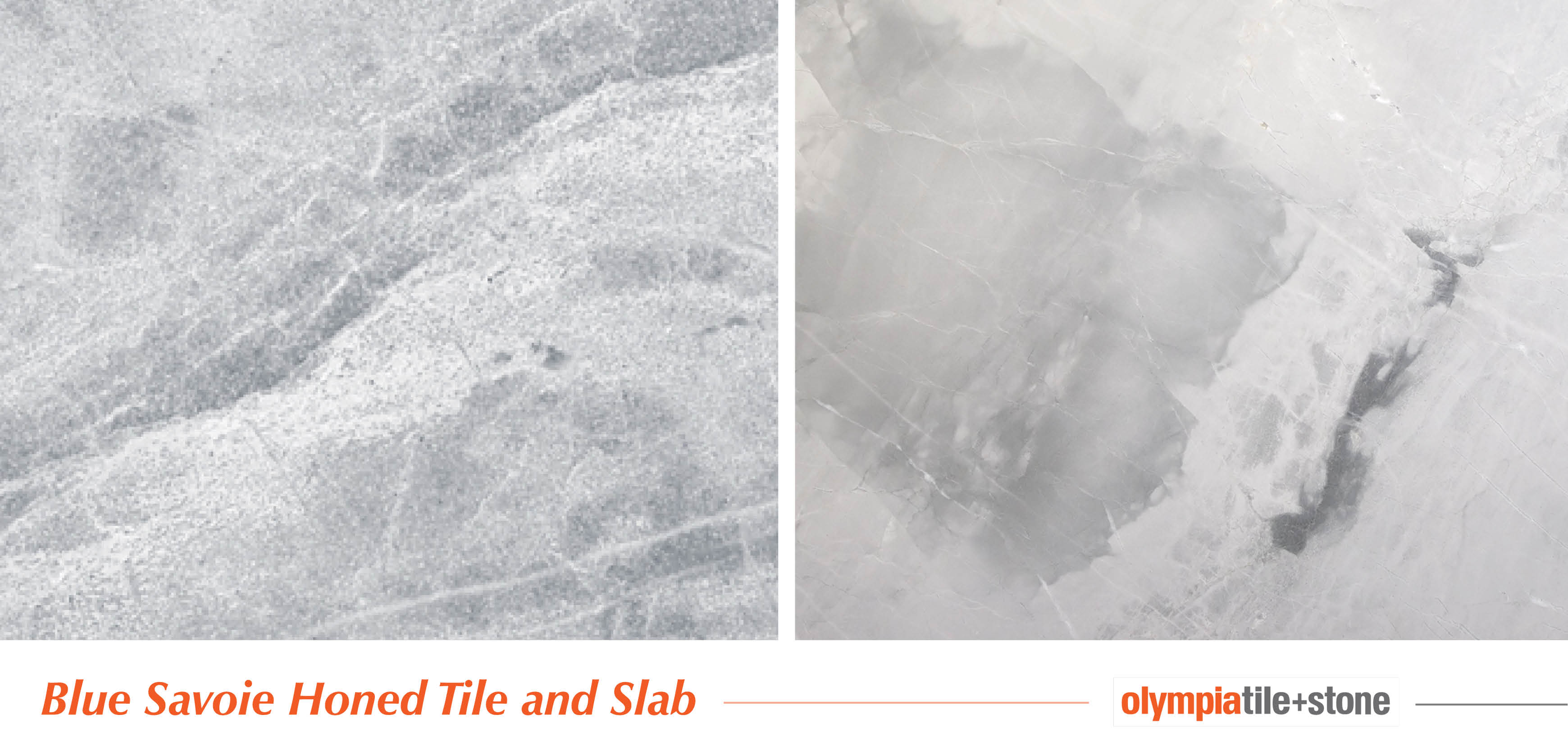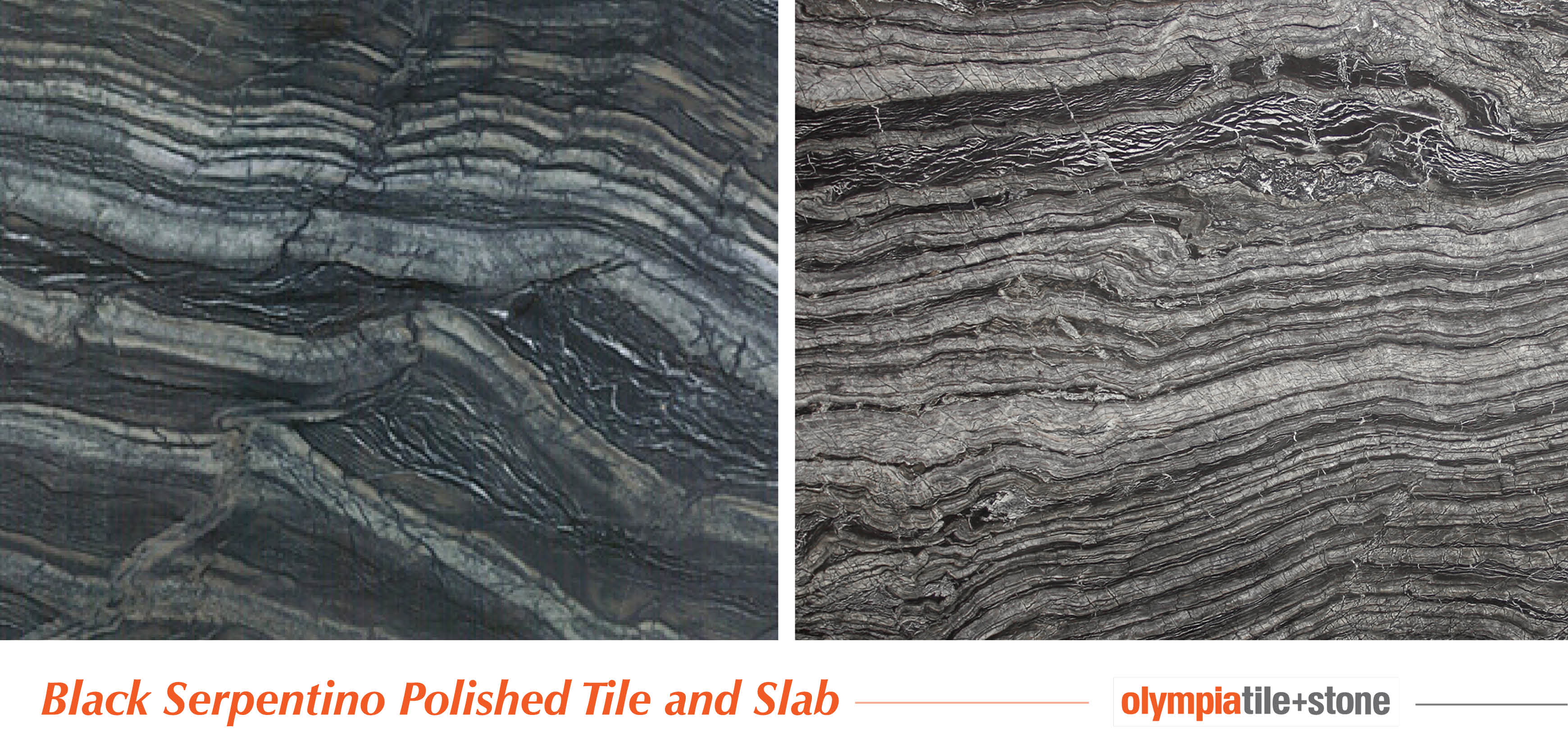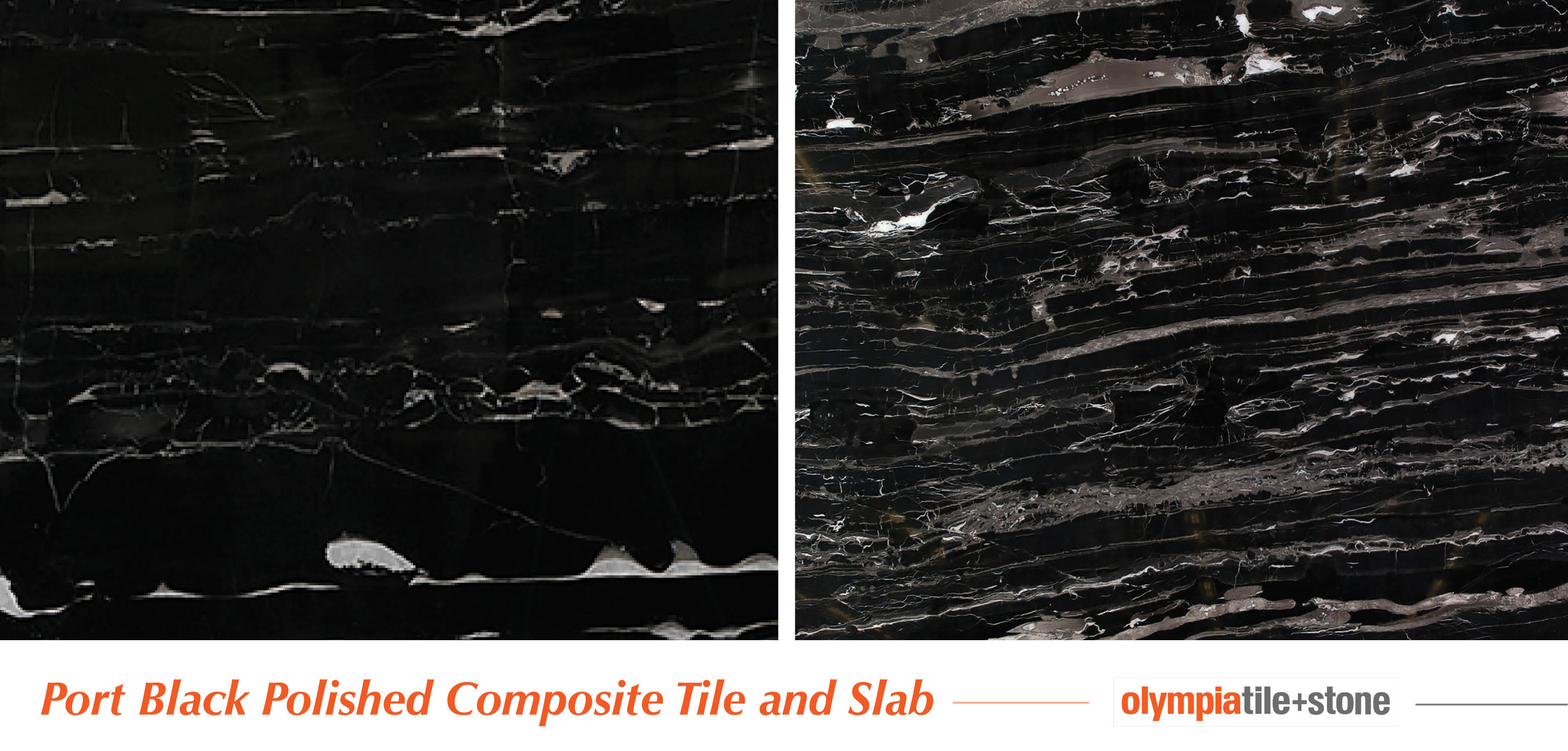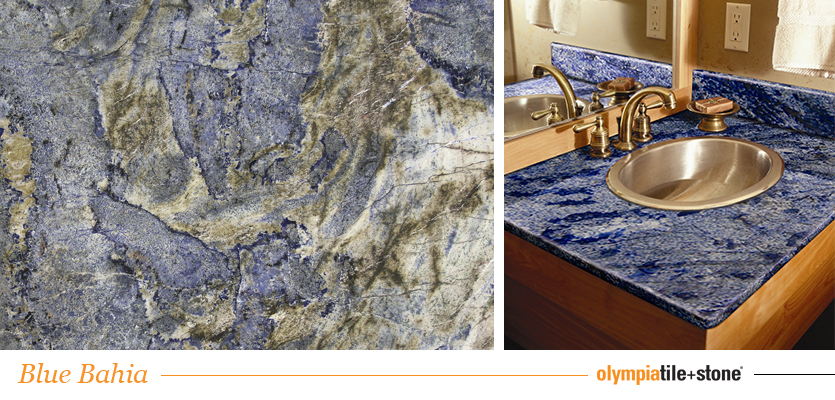A GUIDE TO USING NATURAL STONE: MARBLE
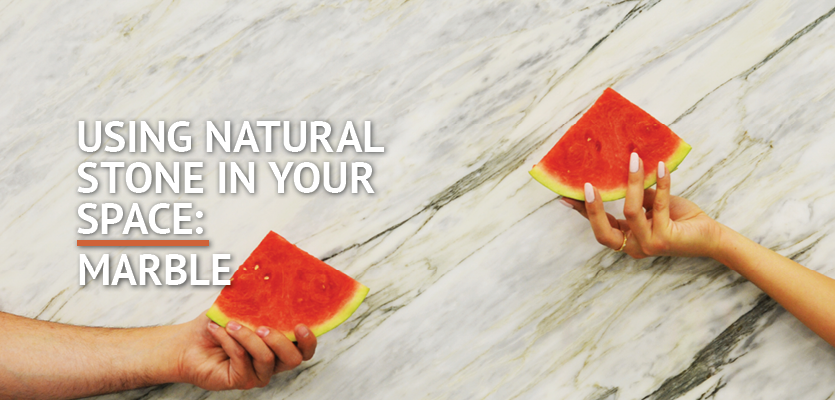
Used as building materials since ancient times, marble is a metamorphic stone used for building palaces, timeless monuments, and government buildings. You can typically find marble where you find mountains. It’s commonly quarried in Italy, India, China, Greece, Spain, and Turkey. Due to its high calcium content and vulnerability to acids, it’s not a popular choice for outdoor applications in colder climates and even indoor applications where the stone is exposed to acids (e.g. countertops). Owners should ensure careful maintenance to extend its appearance. Recommended applications for marble include interior floors, walls, hearths, vanities and much more. Just ensure that there is proper cleaning and maintenance of the stone. Marble’s durability is proven by the ancient structures that still stand.
More Product Recommendations: More Premium Stone Sealer is a high performance, water-based, penetrating natural stone sealer that forms an invisible barrier which provides maximum protection against the toughest oil and water-based stains. The right choice for the most demanding professionals and expert stone craftsmen. More stone and tile cleaner is a concentrated daily cleaner specifically formulated for cleaning natural stone and tile surfaces. Safety dissolves dirt and grime and leaves behind streak free shine. No rinsing is required.
Being a softer stone, marble is susceptible to cracks in the substrate transferring through, so the use of a crack Isolation system such as Flextile Flexilastic 1000 or FlexMat Uncoupling Membrane should be considered if in-plane movement cracks are present in the substrate. Most of Flextile’s Latex/Polymer Modified Mortars are suitable for installing marble, with Flextile 66 FlexLite, 56SR and 61 Full Coverage mortars being preferable for larger sizes, and the White versions recommended for all light and medium colours. Some Green coloured marbles and the like are susceptible to curling and spalling when exposed to moisture during the installation/curing stages. They require a 100% solids Epoxy bond coat such as FlexEpoxy 100. Marble is also prone to staining and scratching when grouting and should be sealed with an appropriate sealer prior to grouting. In most instances, marble should be grouted with Flextile 500 Unsanded Grout.
Explore some of our favourite marble tile and slab products below:
Statuario Polished Tile and Slab
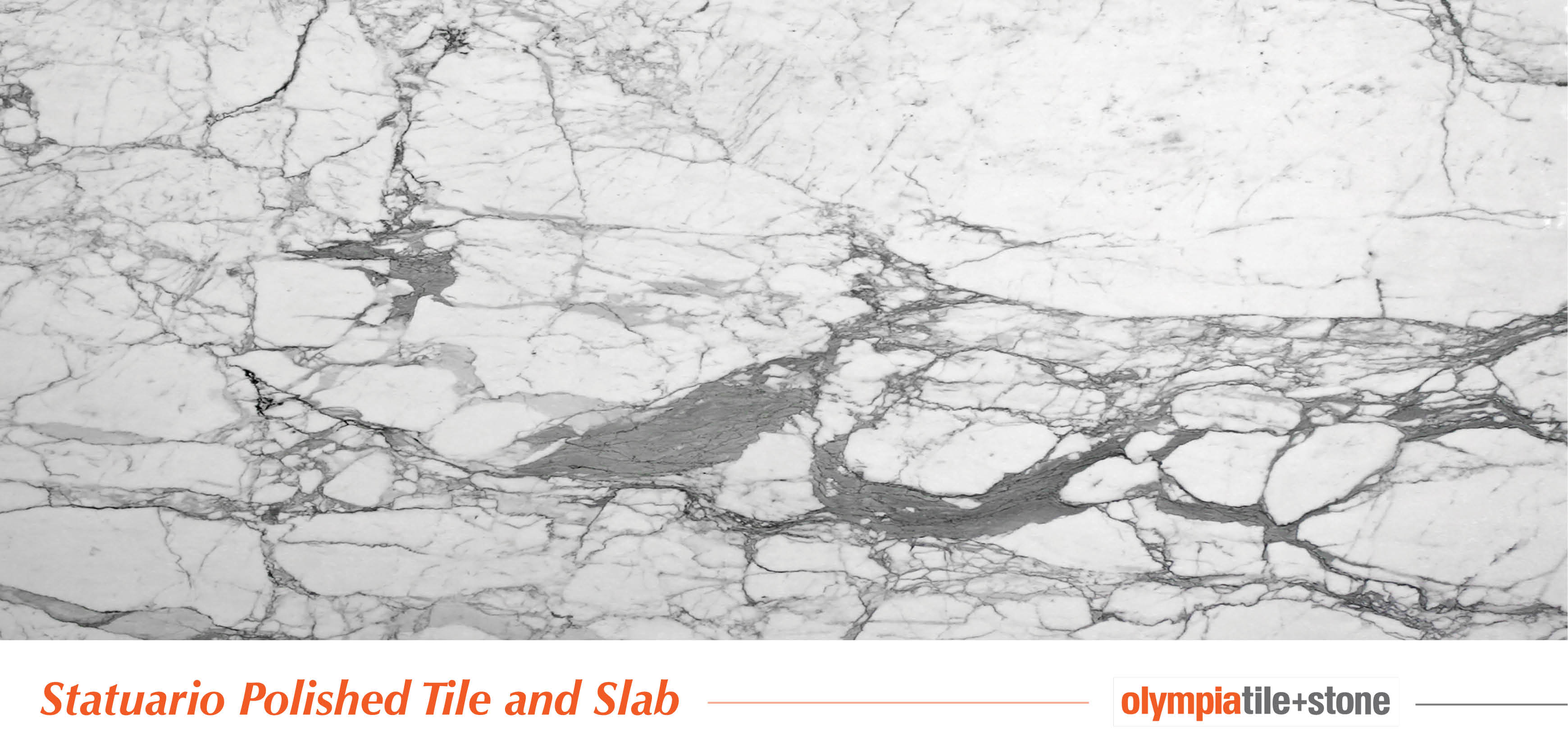
Blue Savoie Honed Tile and Slab
Black Serpentino Polished Tile and Slab
Cinderella Grey Tumbled Mosaic
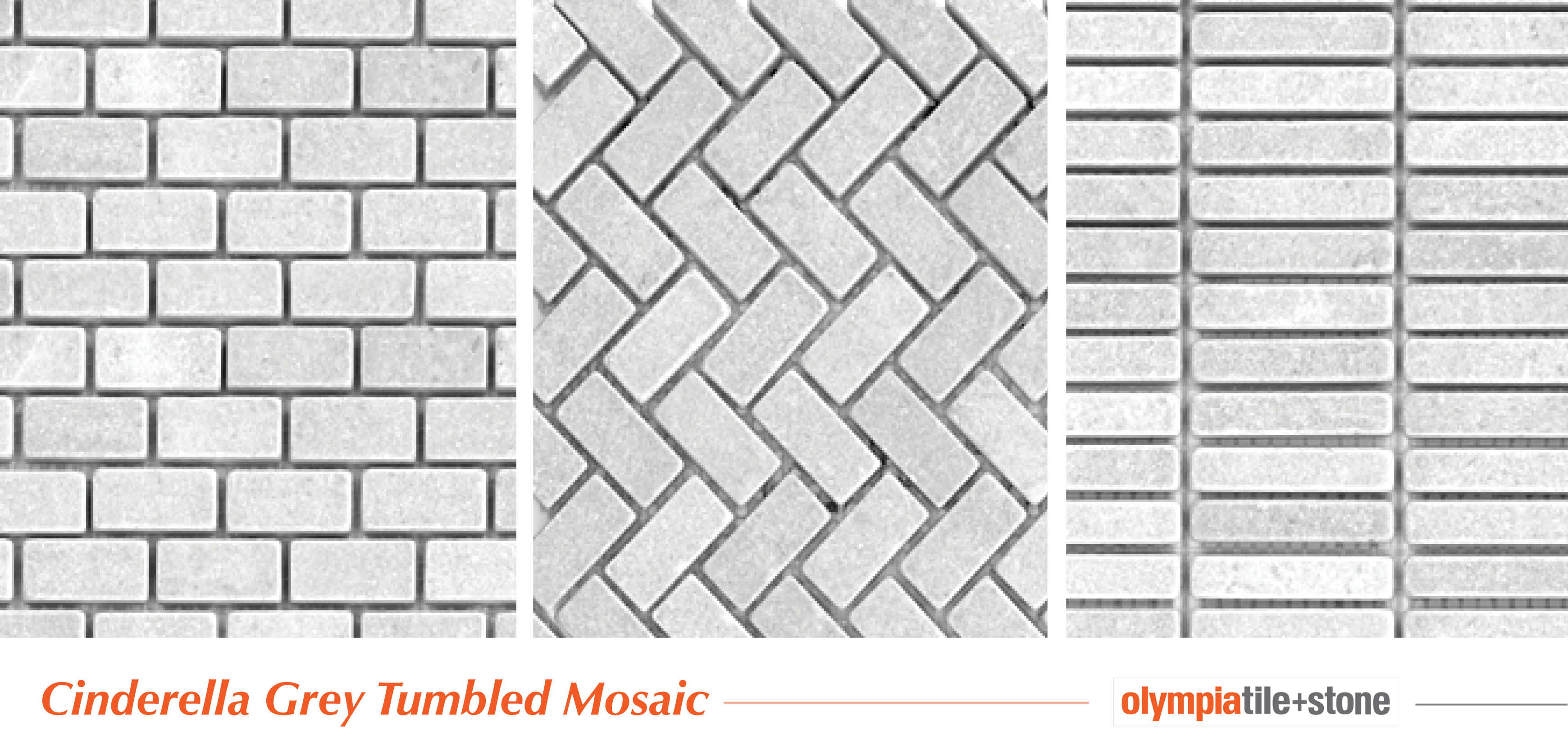
Port Black Polished Composite Tile and Slab
Corinthian Beige Polished Slab
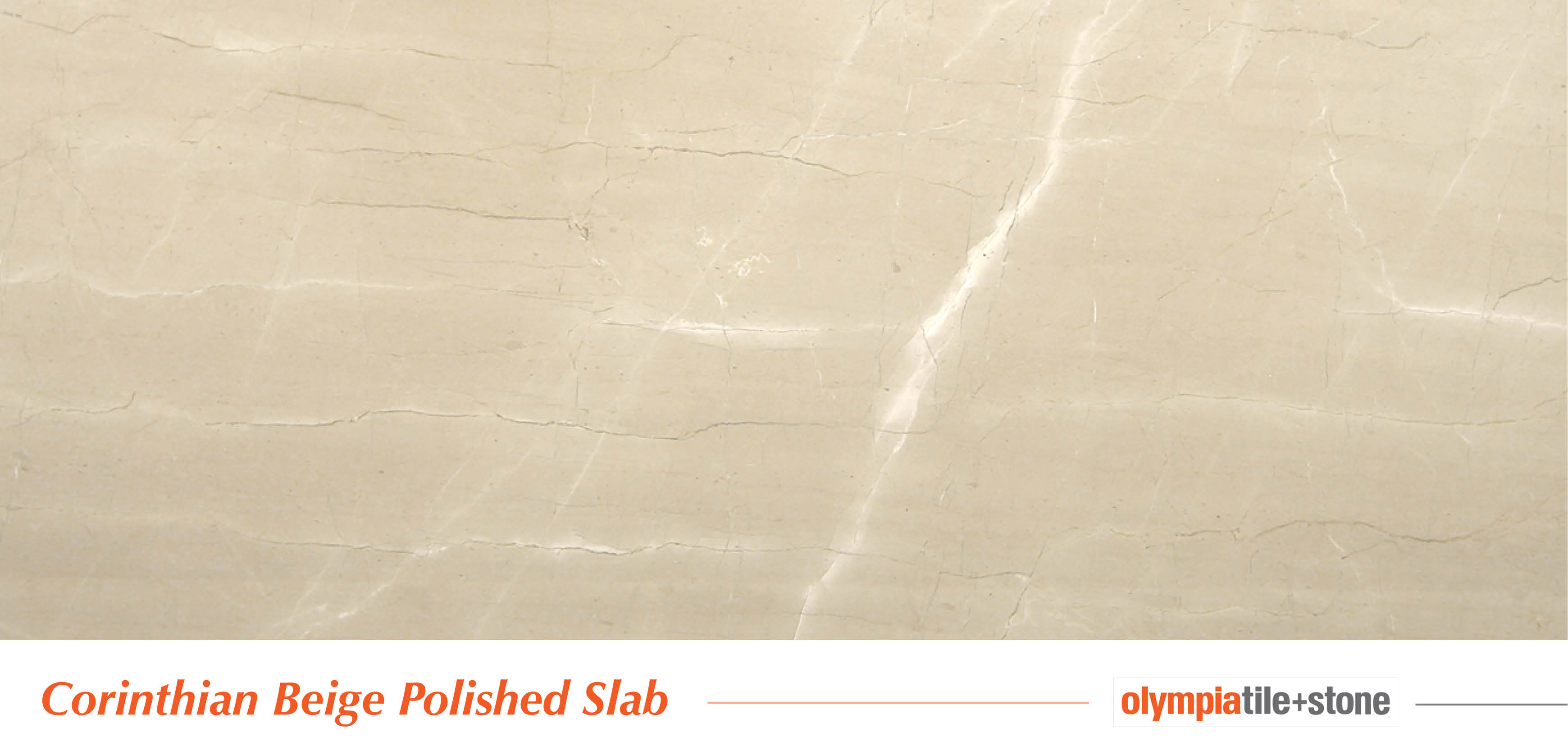
Explore more natural stone tiles and slabs on our Pinterest board.
A GUIDE TO USING NATURAL STONE: GRANITE

This blog post is part of a series of posts on using natural stone in your space, you can read the introduction here.
Granite is one of the most popular stones on the market, the majority of which is extracted from China, India & Brazil. At the top of architects lists, it’s resistant to abrasions, durable to weathering, and extremely strong. Most granites are great for many interior or exterior applications, including floors with heavy traffic and countertops. The only natural stones harder than granite are diamonds, rubies, and sapphires. Granite is resistant to heat, scratches, and stains. As with any stone, however, sealing is highly recommended. Granite is commonly used to face commercial and institutional buildings and monuments. It is also a good material for fireplaces, steps, terraces, and pavers for public spaces. Granite is the traditional favorite for countertop installations due to its unique colours and patterns, durability and lasting value.
Granite tile can be stained by grout during installation - especially the lighter coloured ones. Sealing stone and tile before grouting will make the grout clean up much easier. At the same time, the sealer protects against oil and water based stains. MORE Surface care options: Stone Enhancer, Premium Stone Enhancer. If staining has occurred, restorative cleaning may be required to bring your existing natural stone or tile surface back to looking new. Being able to identify the problem will help you to choose the right restorative cleaning product.
A very hard and durable stone with low porosity, Granite requires a relatively high latex content bond coat. Flextile 56SR, 61 are both suitable for most Interior installations, whereas Flextile 51/44 and 58XT Fast Set two-component latex mortar systems are recommended for Exterior applications. Granite may be grouted with Flextile 600/1600 Sanded Grouts or 500 Unsanded Grouts (for joints less than 3 mm only) or ColourMax Urethane Grout. Pre-sealing or application of Grout Release is recommended to prevent staining.
Explore some of our favourite granite products below
Granite slab: Blue Bahia
Granite Slab: Negresco
.jpg)
Granite slab: Netuno Bordeaux
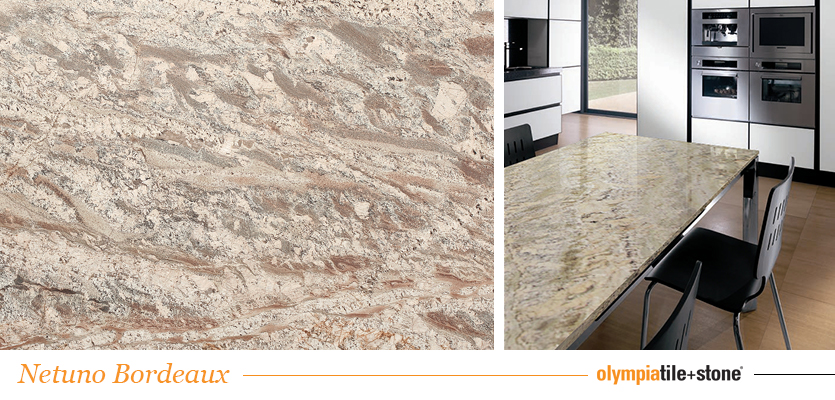
Granite slabs: Persa Avorio
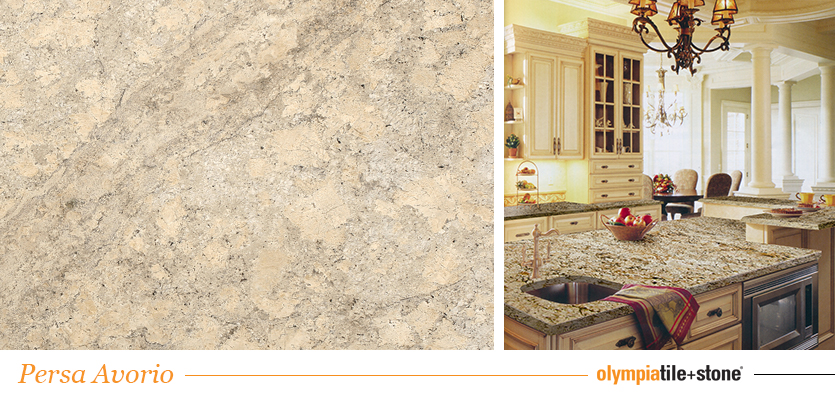
Granite slab: Roma Imperiale
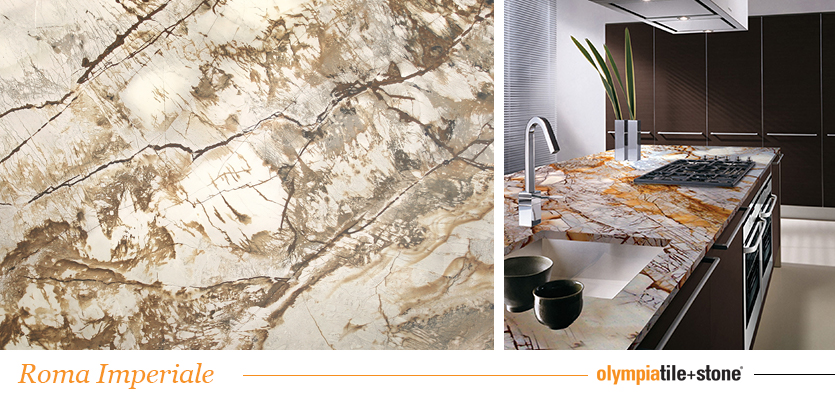
Granite slab: Siena Bordeaux
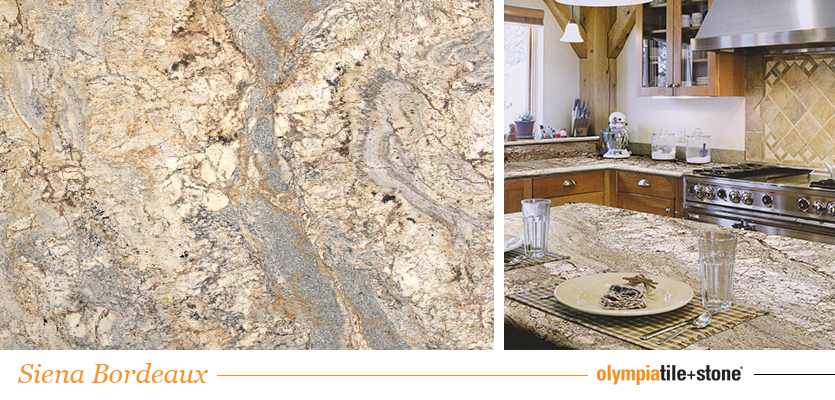
Find more natural stone inspiration on our Pinterest board dedicated to natural slabs and tiles.
A GUIDE TO USING NATURAL STONE IN YOUR SPACE
Contemplating using natural stone in your next project? Let us help you explore the benefits of using Mother Nature’s product in your space.
Natural stone has been used in the building industry for centuries. Its timeless beauty, as well as suitability in a variety of applications, make it a great choice for your space. Natural stone comes in many forms and can suit both traditional and contemporary settings. Natural stone has a place in trendy minimalist spaces as well as areas with a more classic design. It is unique and simply cannot be recreated by man-made material. Each stone has its own characteristics.
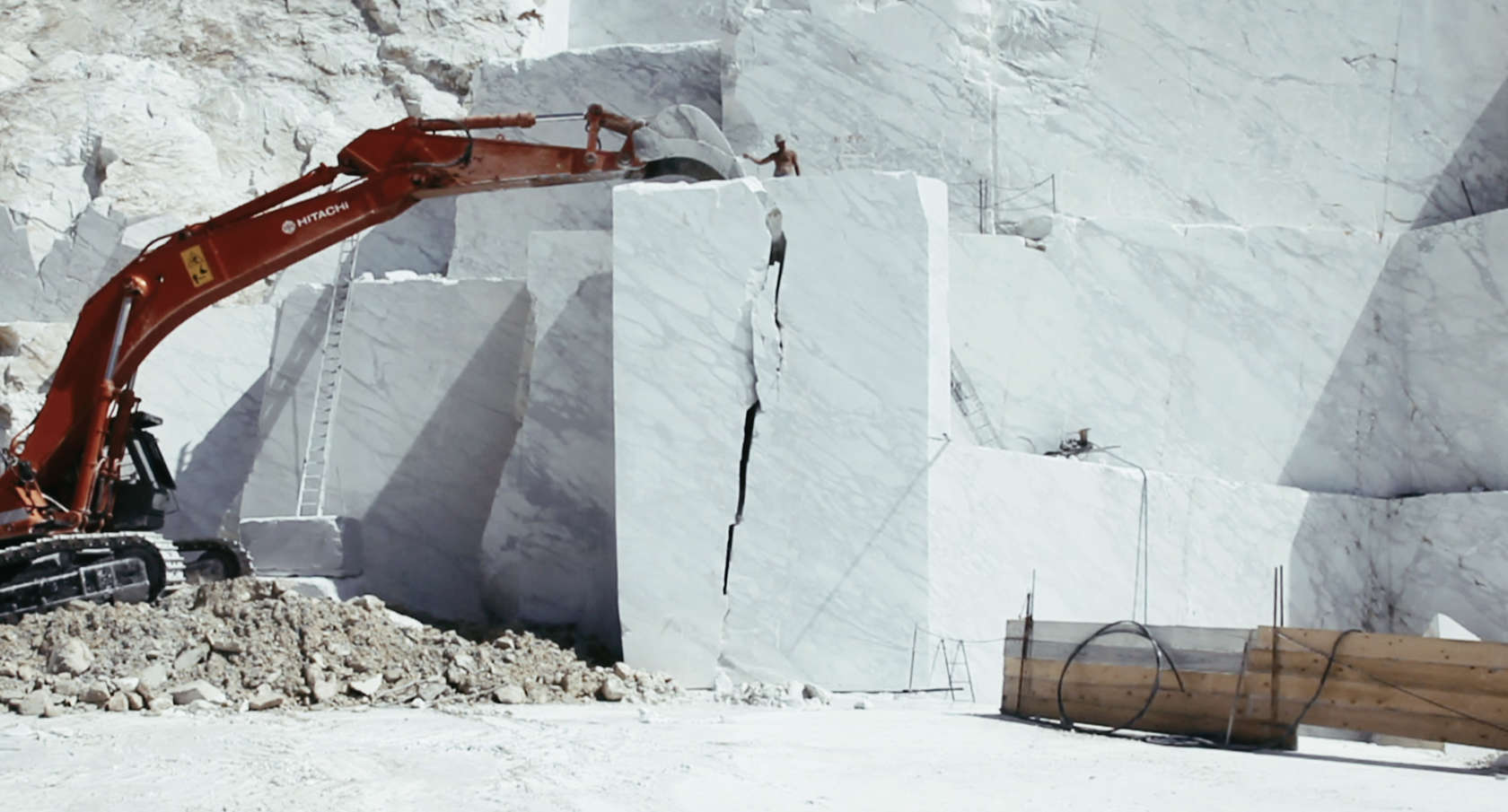
Image is a still from "Il Capo", a film by Yuri Ancarani exploring the process of extracting marble from quarries in the Italian alps.
You may have noticed that natural stone can be more expensive than its synthetic counterparts. This is typically due to to the labour, time and resources applied to extracting the stone. Demand also plays a significant factor in the cost of natural stone. For example, our beautiful Carrara stones — Statuario, Calacatta, Statuarietto, and Bianco Carrara—are in high demand, which naturally drives up their price, since only a limited quantity can be extracted from the select Italian quarries that supply these marbles.
How to choose a natural stone tile
Aside from the price, a stone tile is different from a ceramic or porcelain tile in terms of its appearance and composition. Customers should be aware of the natural variations that exist in stone. Pay particular attention to the movement, or veining, in the stone and its colour range. Some stones have linear veining like the Bianco Wood marble pictured below. Others have more random movement, like our Silver Shadow marble (see below). Some slate and marble have a wide variation of colour – for example our Multicolour Peacock slate and Calacatta Manhattan marble can vary significantly from one piece to another. We recommend you always see 3 or 4 full pieces or view a full sized slab before making a final purchase.
In our showrooms, we try to display each stone so you can see its natural movement but as it happens, there are variations from one shipment to the next, so the stone may change slightly. This is, after all, part of the beauty of natural stone; no two pieces are exactly alike, each is entirely unique.
